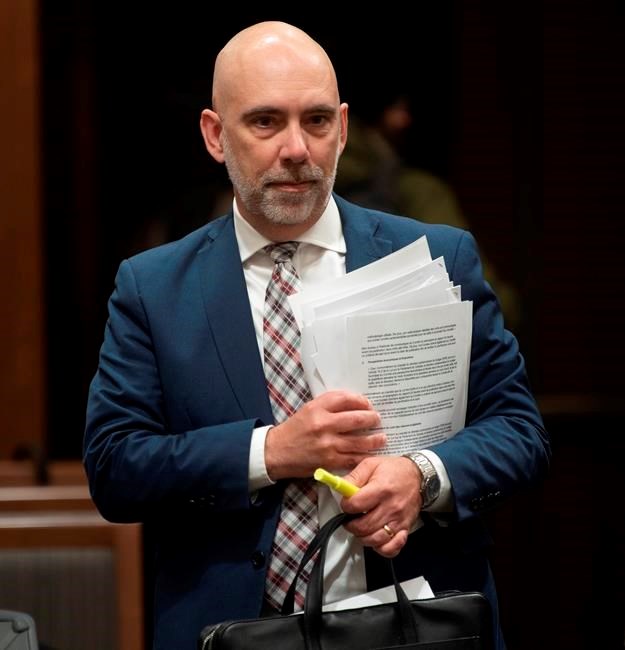OTTAWA — Since the start of the pandemic, parliamentary budget officer Yves Giroux's office has been pumping out reports about government finances and emergency aid measures at a pace that is as unprecedented as the pandemic itself.
He admits it's gruelling and he's regularly checking in with his staff to make sure they aren't overloaded.
"I didn't expect to be where we are right now. Nobody expected that," Giroux said in a recent interview.
"But I find it's much better to be working on something that's useful and meaningful and something that's appreciated by parliamentarians and by Canadians."
Rather than working on issues at the periphery of public policy, the PBO's reports have been a key source of facts on the year's unprecedented federal spending, which Giroux most recently estimated would shoot the deficit to $330 billion — before accounting for promises in last month's throne speech.
Last year's federal election was a warm-up for the PBO in some ways.
The office was tasked with providing independent cost analyses of promises from parties during the campaign. The speed of the reviews and the novelty of some of the promises has helped analysts in their reviews of myriad new pandemic aid programs.
Besides the similar wild tempo of work, the PBO's examinations of the election promises were helpful when the Liberals started rolling out emergency support programs, including costs for changes to employment insurance and student loans.
"When the government announced various support measures, they provided updates or cost estimates, but often, the estimates came in pretty fast. Based on discussions we had with people in town, we knew that the estimates were not rock-solid," Giroux said.
"So we decided to dig a bit deeper and provide cost estimates that were more robust, even though with still a relatively high level of uncertainty given that these programs were unprecedented."
His office has issued some three dozen costing notes since April and over a dozen more reports on everything from the government's key aid programs like the Canada Emergency Reponse Benefit and wage subsidies, to hundreds of billions in lending from Crown corporations, to the cost of a possible basic income program. And then there are the appraisals of the nation's economic outlook and what it means for federal finances.
Parliamentarians have been asking Giroux's office for details about various spending measures, which led the PBO to warn about missing details about over $400 billion in emergency loans, guarantees and deferrals being provided by Crown corporations. There's so little information about them that it's hard to estimate what their final cost will be.
The amount of effort behind these reports is significant, said former parliamentary budget officer Kevin Page. He said it can take weeks of intensive work, modelling and micro-simulations of Statistics Canada data before a final result goes public.
The PBO has tried to fill another information gap created by the Liberals' having yet to table a budget or a fiscal update this year. Giroux's office has instead published its own economic and fiscal outlooks, first in March, with updates in April, June and just last month.
"We're more and more reliant on them for timely analysis," said Page, now president of the Institute of Fiscal Studies and Democracy at the University of Ottawa.
"If you want a policy discussion, you have to start from PBO's numbers because the federal government hasn't put out this kind of analysis."
In a few weeks, Giroux's office plans to release a report on the long-term implications of COVID-19 on the federal treasury, "as we expect many of these could have big price tags," he said.
A similar report came out in February outlining how sustainable federal spending is over the coming years, and Giroux's office is taking the unusual step of updating its finding relatively soon, to take into consideration big spending increases related to COVID-19.
This report by The Canadian Press was first published Oct. 6, 2020.
Jordan Press, The Canadian Press



